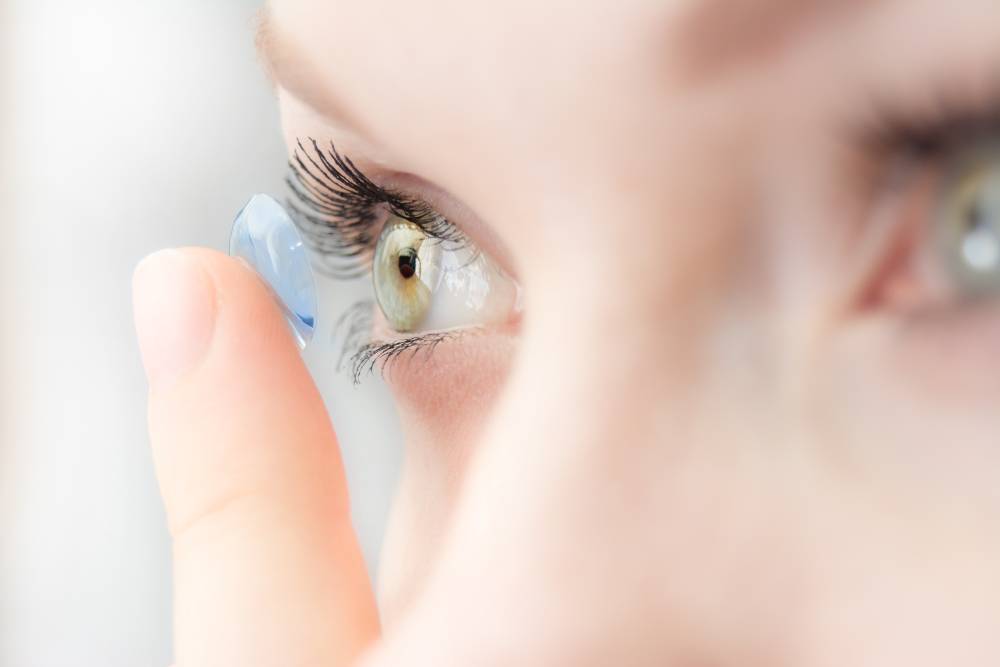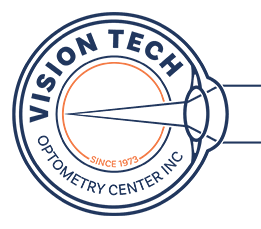
Compared to wearing eyeglasses, you can have a wider field of view and better depth perception with contact lenses. They also eliminate potential distractions due to glass reflections, distortion, and blind spots associated with eyeglass wear. It’s no wonder why many people, especially those who work outdoors or play sports, find contact lens wear highly beneficial. But it’s not a one-size-fits-all solution for anyone who struggles with vision problems.
Certain eye conditions make wearing standard contacts uncomfortable, and in some cases, even impossible. Usually, the problem is about how the lenses fit your eyes. Regular lenses come in a specific range of ocular surface curvature. If your eyes are outside that range, then wearing these standard contact lenses is not your best option.
You could be a good candidate for hard-to-fit contact lenses if you have any of these eye conditions:
Astigmatism
This type of refractive error is characterized by an oval-shaped, football-like cornea instead of the usual sphere. As a result, the light that enters your eye reflects differently, causing blurry vision. It can be difficult to correct astigmatism with regular contacts because it cannot account for the bulging. Nevertheless, there are special contact lenses designed for this purpose. These are called toric lenses, and they’re custom-made to fit your eye.
Dry Eye Disease (DED)
You may qualify for the usual contact lens wear if you only have to deal with mild to moderate dry eyes. But if your condition is severe, it may present a significant issue with wearing standard contacts. It’s not usually a good option because contact lens wear would be very uncomfortable. When your eyes are excessively dry, they become irritated and cause blurry vision. Standard contact lenses will only exacerbate the problem by making your contacts feel like they’re a foreign object lodged in your eye. The discomfort will only increase your risk of corneal scarring or even infection. In this case, your eye doctor will likely recommend scleral lenses. These special lenses lock in moisture, thus protect the surface of your eyes from dryness.
Keratoconus
People with this uncommon eye condition have cone-shaped corneas. It’s not clear what causes keratoconus. But experts believe it has both genetic and environmental factors linked to it. Symptoms of this condition generally include blurry or distorted vision as well as increased sensitivity to glare and bright light. In its early stages, your doctor may be able to correct your vision problems with prescription eyewear. Over time, you may require other special lenses like gas permeable, scleral, or hybrid contacts. If worse comes to worst, your doctor may recommend a corneal transplant.
Giant Papillary Conjunctivitis (GPC)
This condition is characterized by red, swollen, and irritated eyes. GPC is generally caused by an allergy or soft contact lens wear. This is because allergens can quickly build up on the surface of your contact lenses. Although rare, those who don’t wear contacts can also develop GPC. It would be best if you treated this condition right away. Otherwise, it can cause severe damage to your cornea and eyelid. Your doctor will likely ask you to avoid wearing contacts for a few weeks. This way, you can give your eyes enough time to heal. They might also recommend that you limit the amount of time you wear them each day or change the type of contacts you’re using entirely.
Find out if you are a candidate for hard to fit contact lenses, contact Vision Tech Optometry Center, Inc. in Waynesboro, VA at (540) 215-8361.






